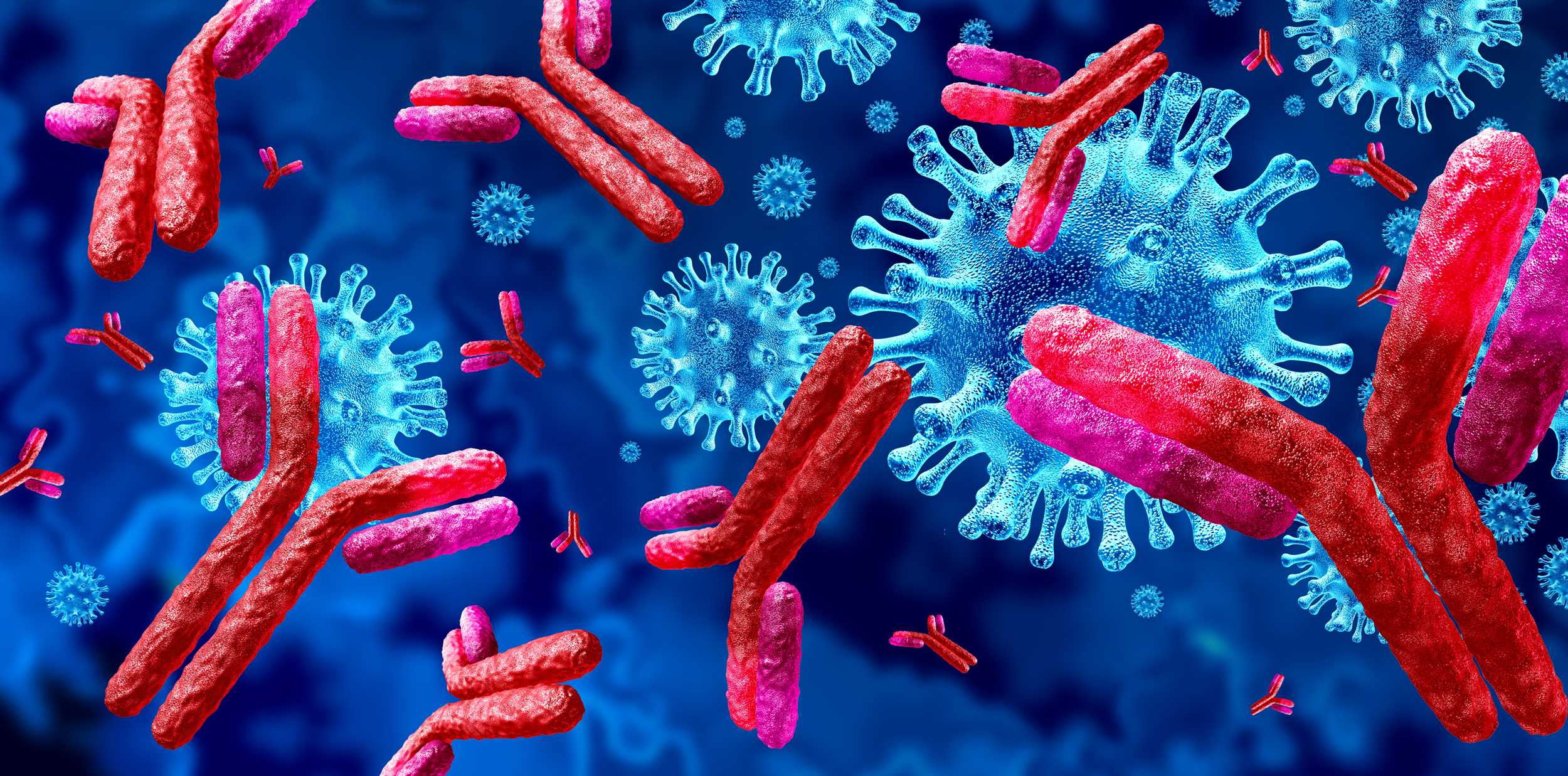
Biopharma
Microalgae (incl. cyanobacteria) produce active ingredients that can be used to improve the health and lives of animals and humans. Our current focus is to develop a next generation of payloads for Antibody Drug Conjugates (ADCs) that have a high therapeutic index and safety profile related to high potency and low levels of off-target toxicity.
Antibody Drug Conjugate Payloads
Our most advanced technology platform is based upon cyanobacterial, non-ribosomal peptides. We have developed, and protected under patent, a methodology for modifying the structure of the toxins produced by living cyanobacteria. By modifying the structure of the toxins as the organism grows, we can create toxin variants that are taken up by cancer cells when attached to a monoclonal antibody whilst the naked toxin is not taken up by healthy cells. This means that the toxin payload is not released until it reaches its intended target, ensuring that healthy cells are not affected.
What is an ADC?
An antibody-drug conjugate (ADC) is a type of cancer therapy that combines the targeting ability of monoclonal antibodies (mAbs) with the cancer-killing properties of chemotherapy drugs. The ADC is designed to target cancer cells specifically, leaving healthy cells unaffected, which can lead to fewer side effects than traditional chemotherapy.The ADC consists of three components: the monoclonal antibody, a linker, and a cytotoxic agent (chemotherapy drug). The monoclonal antibody is engineered to recognize and bind to a specific protein on the surface of cancer cells, called an antigen. The linker connects the monoclonal antibody to the cytotoxic agent, which is then delivered directly to the cancer cell.
Once the ADC binds to the cancer cell, the linker is broken down, releasing the cytotoxic agent directly into the cancer cell. The cytotoxic agent then kills the cancer cell by disrupting its DNA or cell division, preventing it from growing and dividing further.
The advantage of ADCs over traditional chemotherapy is that they can target cancer cells specifically, reducing the risk of damaging healthy cells and minimizing side effects. Additionally, because ADCs are highly specific, they may be more effective than chemotherapy at killing cancer cells.
ADCs have shown great promise in treating various types of cancer, including breast cancer, lymphoma, and leukemia, and are currently being investigated as potential treatments for many other types of cancer.
Due to the immense flexibility offered by our platform we are able to produce tens of thousands of variants of a single toxin class. This combined with the high potency of cyanobacterial toxins offers the chance of securing a high therapeutic index.
Our first payload class is the huge compound group of microcystins which are heptapeptide toxins comprising more than 300 natural analogues. Microcystins are well-known hepatotoxins that express their toxicity after their uptake mediated by active transporters which are primarily found in the liver. They are toxic to a wide range of organisms, including fish, mammals, and humans, and can enter the food chain through the consumption of contaminated water or fishMicrocystins are well-known hepatotoxins that express their toxicity after their uptake mediated by active transporters which are primarily found in the liver.
The toxic mode of action of microcystins is based upon the inhibition of two protein phosphatases involved in homeostasis of cells. Their inhibition leads to the interruption of essential signal transductions and finally to the collapse of the cytoskeleton (cell wall) causing a fast dead of every affected cell. Microcystin variants modified by our platform can’t be taken up by their transporters and therefore are not toxic. But if coupled to cancer-specific antibodies the resulting ADC is taken up and kills the cancer cells while saving healthy tissues.
Beyond microcystins we have 15 other known cyanobacterial non-ribosomal peptide payloads classes identified such as cyptophycins, largarzole, apratoxin and aurilides, all of which are suitable for our ADC payload development platform and that can be developed into further novel ADC payloads. Within our natural product library, we even have > 300 hits showing cytotoxic tissue specific-activity and hold potential as future ADC payloads.